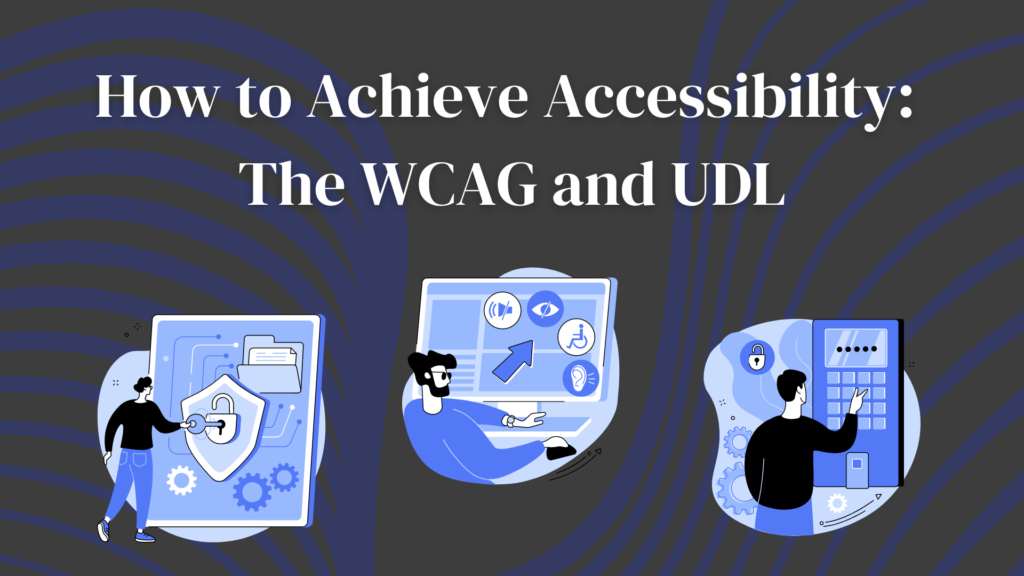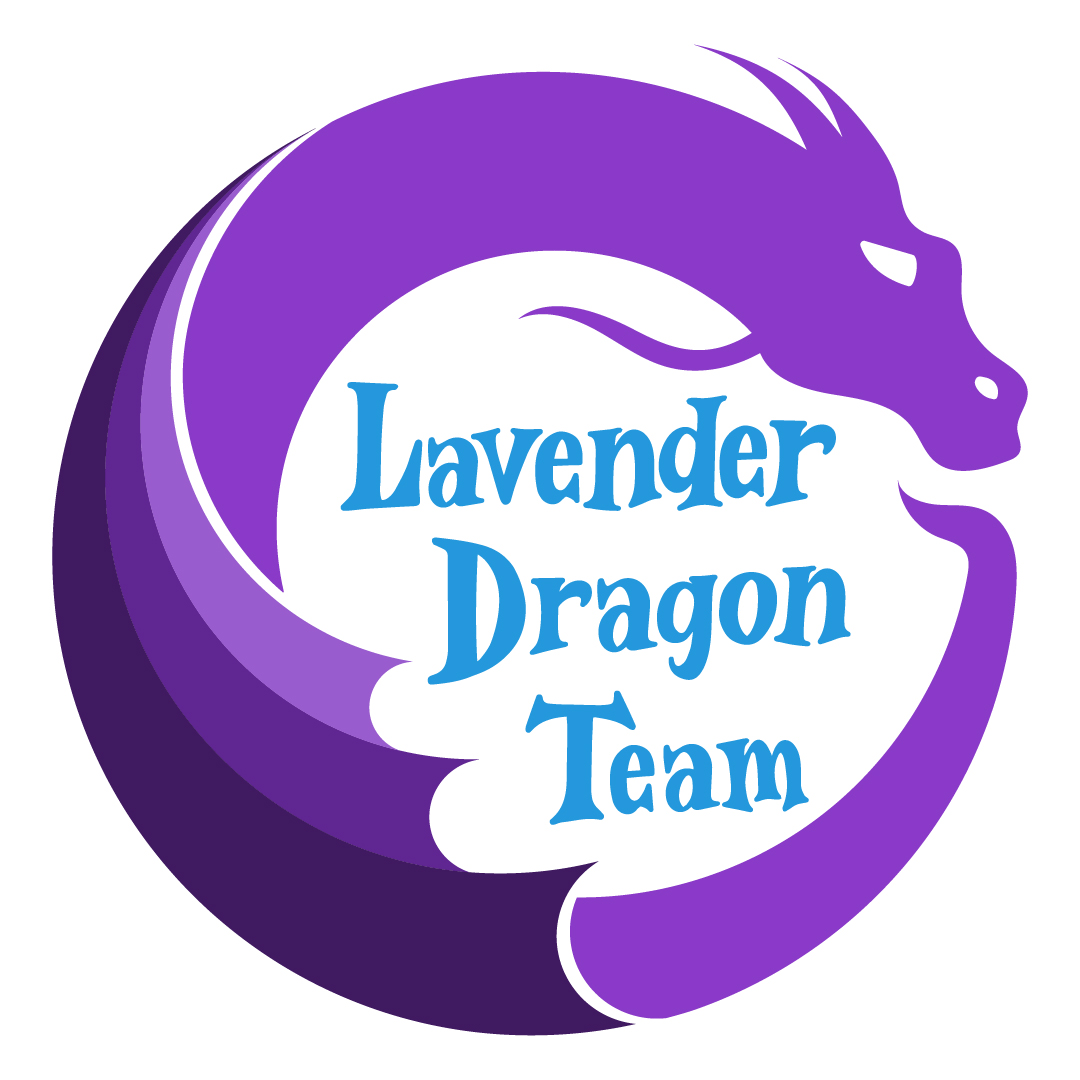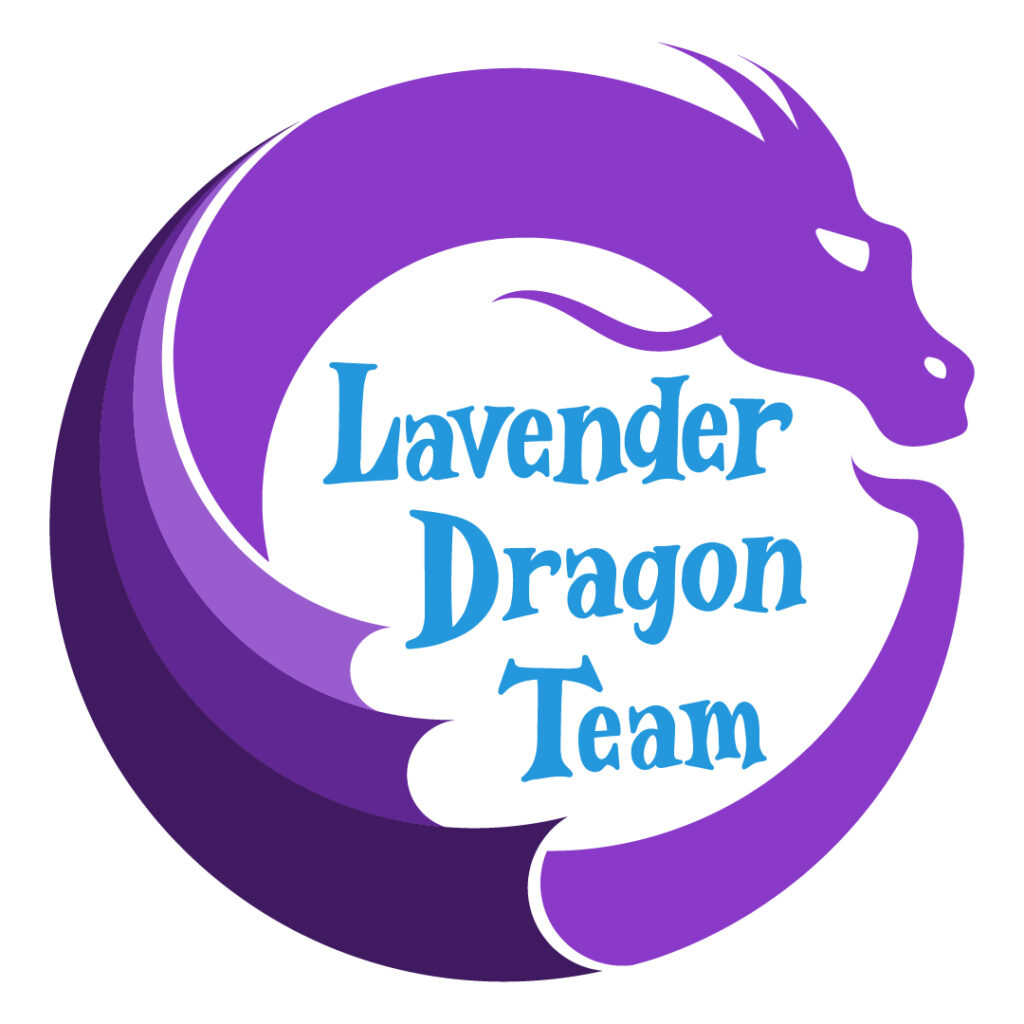
Our current generation breeds different technological innovations for different fields. These innovations are meant to augment individuals in performing better for their tasks whatever they may be. They are created to make life more convenient for us. However, does everyone enjoy the benefits of these innovations or just a select few? This is where the importance of accessibility comes in.
What is Accessibility?
Accessibility refers to the practice of making things, activities, websites, tools, and the environment usable (accessible) to as many people as possible.
The idea of accessibility was popularized in the architectural field where elements that improve people’s access to buildings such as ramps, self-operating doors, signs, and other accessible design elements became necessary. This universal design principle is then applied to different fields such as education and websites.
Making Web Content Accessible
In creating a website, accessibility is crucial. The World Wide Web Consortium (W3C) drafted Web Content Accessibility Guidelines (WCAG) to guide creators make their content accessible.
The four principles of web accessibility are: perceivable, operable, understandable, and robust.
Perceivable requires that users must be able to comprehend the data and user interface elements.
Operable guides creators to have elements and a user interface that are easier to navigate and are usable by different means (e.g. with a keyboard).
Understandable helps on making information easy to grasp, as well as how the user interface works.
Robust is a principle concerned with making a wide range of user agents, including assistive technology, to be able to interpret web content.
We have made a more in-depth discussion of the WCAG, you can access it here.
The Universal Design for Learning
The Center for Applied Special Technology (CAST) developed the Universal Design for Learning (UDL) framework to enable the creation of easily accessible learning materials that take into consideration the needs of all students.
Listed below are its three primary principles in developing a curriculum.
- Provide multiple means of representation
- Provide multiple means of action and expression; and
- Provide multiple means of engagement
Read more about the principles and applications of UDL in one of our blogs.
Why is Accessibility Important?
Oftentimes, we think that features that improve accessibility are added for people with disabilities. Although, it indeed contributes to making access easy for them. Having accessible features also helps other people. Having closed captions can be beneficial for individuals who understand ideas better in text form. Conforming to website accessibility standards can be helpful for people with slow internet connection. Following the UDL makes learning relatively easier even for learners without impairment. The additional tools make the learning experience more convenient.
Accessibility is for everyone.

